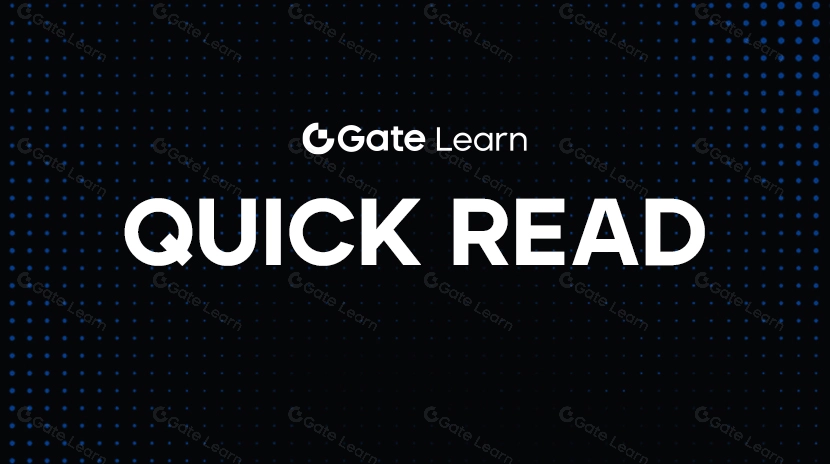Panduan Pemula untuk Memulai Penambangan Bitcoin pada 2025

Sumber gambar: https://www.investopedia.com/tech/how-does-Bitcoin-Mining-Work/
Penambangan Bitcoin tetap menjadi salah satu aspek paling mendasar dari ekosistem cryptocurrency. Pada tahun 2025, lanskap penambangan lebih kompetitif dan teknis canggih dari sebelumnya, sehingga penting bagi pemula untuk memiliki pemahaman yang kokoh tentang dasar-dasar sebelum terjun. Apakah Anda ingin menambang untuk mendapatkan keuntungan atau untuk mendukung blockchain, panduan ini akan memandu Anda tentang cara memulai penambangan Bitcoin, alat yang Anda butuhkan, dan bagaimana tetap menguntungkan dalam lingkungan yang berubah dengan cepat.
Memahami Penambangan Bitcoin
Apa Itu Penambangan Bitcoin?
Penambangan Bitcoin adalah proses di mana koin Bitcoin baru diciptakan dan ditambahkan ke pasokan yang beredar. Ini juga merupakan mekanisme penting untuk memverifikasi dan mencatat transaksi di rantai blok Bitcoin—sebuah buku besar publik terdesentralisasi. Proses ini didukung oleh algoritma konsensus yang dikenal sebagai Proof of Work (PoW).
Penambang bersaing untuk menyelesaikan teka-teki matematika kompleks menggunakan perangkat keras khusus. Penambang pertama yang menyelesaikan teka-teki berhak untuk menambahkan blok transaksi baru ke blockchain dan diberi hadiah dengan bitcoin yang baru ditambang, bersama dengan biaya transaksi yang termasuk dalam blok tersebut.
Penambangan Bitcoin memiliki dua tujuan utama:
Mengamankan Jaringan: Dengan meminta pekerjaan komputasi untuk memvalidasi transaksi, jaringan dilindungi dari penipuan dan pengeluaran ganda.
Menerbitkan Bitcoin Baru: Penambangan adalah satu-satunya cara untuk memperkenalkan bitcoin baru ke dalam peredaran, mengikuti model deflasi yang dibatasi hingga 21 juta BTC.
Fakta Menarik: Pada awal 2025, lebih dari 19,6 juta bitcoin telah ditambang.
Bagaimana Penambangan Bitcoin Bekerja?
Berikut adalah gambaran sederhana tentang bagaimana operasi penambangan Bitcoin beroperasi:
Kolam Transaksi: Ketika pengguna mengirim BTC, transaksi tersebut masuk ke dalam kolam yang dikenal sebagai mempool.
Pengumpulan Blok: Para penambang memilih transaksi dari mempool dan mengelompokkannya menjadi blok kandidat.
Proses Hashing: Penambang menjalankan data blok melalui fungsi hash kriptografis, bertujuan untuk menghasilkan hash di bawah nilai target tertentu (ditentukan oleh kesulitan penambangan saat ini).
Bukti Kerja: Penambang yang berhasil menyelesaikan teka-teki kriptografi ini pertama kali menyiarakan blok yang valid ke jaringan.
Konfirmasi Blok: Node lain memvalidasi blok baru dan menambahkannya ke blockchain. Penambang pemenang menerima imbalan blok dan biaya transaksi.
Mengapa Kesulitan Penambangan Penting
Bitcoin menyesuaikan kesulitan penambangan sekitar setiap 2.016 blok (sekitar setiap dua minggu) untuk memastikan blok-blok baru ditambahkan kira-kira setiap 10 menit. Ketika lebih banyak penambang bergabung dengan jaringan atau meningkatkan perangkat keras mereka, kesulitan meningkat, menjaga laju produksi blok tetap konsisten.
Penyesuaian kesulitan dinamis ini sangat penting bagi ekosistem pengaturan sendiri Bitcoin. Ini memastikan keadilan, mengontrol inflasi, dan membantu mempertahankan integritas jaringan terdesentralisasi.
Menilai Profitabilitas Penambangan Bitcoin
Mengevaluasi Biaya: Perangkat Keras, Listrik, dan Pemeliharaan
Biaya terbesar bagi para penambang termasuk:
- Perangkat Keras: Mesin khusus seperti ASIC sangat penting.
- Listrik: Konsumsi daya adalah biaya berulang utama.
- Pemeliharaan dan Pendinginan: Sistem manajemen panas yang efektif diperlukan untuk menjaga mesin tetap berjalan.
Gunakan alat seperti Kalkulator Penambangan CryptoCompareuntuk memperkirakan ROI potensial Anda.
Menghitung Potensi Keuntungan
Profitabilitas penambangan Anda akan bergantung pada:
- Tren harga BTC
- Kesulitan penambangan
- Biaya kolam renang
- Hadiah blok
Anda dapat memantau harga BTC dan tren pasar menggunakan Grafik Harga Bitcoin Gate.io.
Dampak Acara Pengurangan Bitcoin
Pasokan Bitcoin dibatasi hingga 21 juta koin. Sekitar setiap empat tahun, imbalan blok dipotong setengah—sebuah proses yang disebut 'halving'. Halving terakhir terjadi pada 2024, mengurangi imbalan dari 6.25 BTC menjadi 3.125 BTC per blok. Halving berikutnya diharapkan sekitar tahun 2028.
Pelajari lebih lanjut tentang halving di Wikipedia.
Memilih Perangkat Keras Penambangan yang Tepat
Gambaran Umum ASIC Miners
ASIC (Application-Specific Integrated Circuit) miner adalah perangkat yang dibangun khusus untuk melakukan Penambangan Bitcoin secara efisien. Berbeda dengan CPU atau GPU, ASIC menawarkan hash rate yang jauh lebih tinggi.
Mesin Penambangan Bitcoin Teratas untuk 2025
Beberapa penambang teratas tahun ini termasuk:
- Bitmain Antminer S21 Hydro (315 TH/s)
- Whatsminer M60S++ (360 TH/s)
- Canaan Avalon Made A1466I (170 TH/s)
Merujuk kepadaBlok 101untuk spesifikasi lengkap dan harga.
Pertimbangan untuk Pemilihan Perangkat Keras
Saat memilih perangkat keras, pertimbangkan:
- Hash rate (TH/s)
- Efisiensi daya (J/TH)
- Biaya dan ketersediaan
- Kompatibilitas dengan setup Anda
Mengatur Operasi Penambangan Anda
Instalasi dan Konfigurasi Perangkat Keras
Setelah Anda memiliki perangkat keras penambangan Anda, hubungkan ke sumber daya listrik, internet, dan konfigurasikan melalui antarmuka web. Pembaruan firmware dari produsen mungkin diperlukan.
Memilih dan Menginstal Perangkat Lunak Penambangan
Perangkat lunak penambangan populer termasuk:
- CGMiner
- BFGMiner
- NiceHash
Pastikan kompatibilitas dengan ASIC dan sistem operasi Anda.
Bergabung dengan Kolam Penambangan vs. Penambangan Solo
Penambangan sendiri semakin jarang dilakukan hari ini karena persaingan yang ketat. Sebagian besar penambang bergabung dengan kolam penambangan untuk meningkatkan peluang mendapatkan imbalan secara konsisten.
Mengelola Biaya Operasional dan Efisiensi
Strategi untuk Mengurangi Konsumsi Listrik
- Gunakan ASIC yang hemat energi
- Mengoptimalkan penambangan selama jam listrik di luar jam sibuk
- Pertimbangkan menggunakan sumber energi terbarukan
Solusi Pendinginan untuk Peralatan Penambangan
Pemanasan berlebih dapat merusak rig penambangan. Gunakan:
- Kipas industri
- Pendinginan cair
- Kontainer penambangan khusus
Praktik Terbaik Pemantauan dan Pemeliharaan
- Monitor hashrate dan suhu melalui dasbor penambangan
- Mengganti komponen yang rusak secara dini
- Jadwal pembersihan rutin perangkat keras
Memahami Pertimbangan Hukum dan Regulasi
Kepatuhan dengan Hukum dan Peraturan Lokal
Penambangan Bitcoin tidak legal di setiap negara. Regulasi mungkin terkait dengan konsumsi energi, pelaporan pajak, atau larangan langsung.
Implikasi Pajak dari Pendapatan Penambangan
Imbalan penambangan sering kali dianggap sebagai pendapatan dan mungkin tunduk pada pajak. Selalu berkonsultasi dengan otoritas pajak lokal atau penasehat pajak kripto.
Untuk pembaca di Amerika Serikat, lihat di sini Panduan IRS tentang mata uang virtual.
Mengikuti perkembangan dan Menyesuaikan diri dengan Perubahan Industri
Mengikuti Kemajuan Teknologi
Lanskap penambangan berkembang dengan cepat. Ikuti sumber terpercaya untuk pembaruan tentang efisiensi ASIC, perbaikan firmware, dan peningkatan jaringan.
Menyiapkan untuk Peristiwa Pengurangan Bitcoin di Masa Depan
Mengantisipasi pergeseran profitabilitas, kesulitan penambangan, dan peningkatan perangkat keras saat mendekati acara pengurangan separuh. Tetap berada di depan kurva sangat penting untuk tetap kompetitif.
Berpartisipasi dalam Komunitas dan Forum Penambangan
Terlibat dengan komunitas online seperti:
Forum-forum ini memberikan saran praktis, ulasan, dan dukungan perbaikan masalah.
Pemikiran Akhir
Memulai penambangan Bitcoin pada tahun 2025 bisa sangat bermanfaat namun menantang. Dengan memahami faktor teknis, keuangan, dan regulasi yang terlibat, penambang baru dapat memposisikan diri untuk sukses jangka panjang. Gate.io menawarkan berbagai alat dan wawasan untuk membantu Anda menavigasi perjalanan kripto Anda—baik Anda baru memulai atau ingin meningkatkan operasi penambangan Anda.
Artikel Terkait
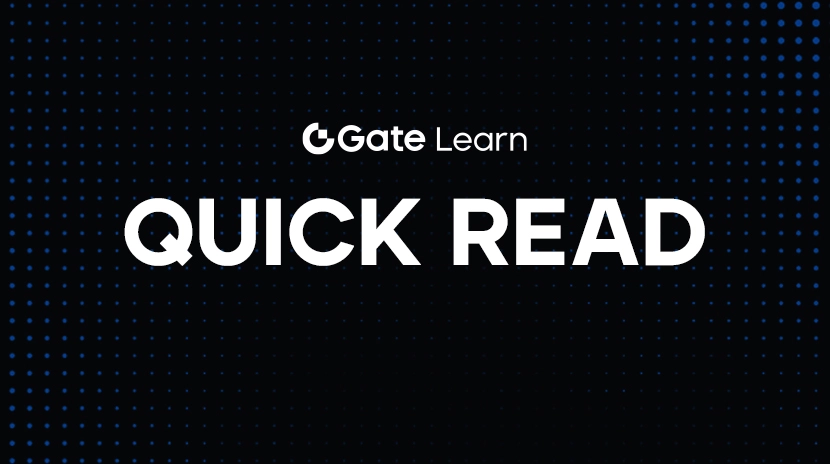
Analisis Mendalam Kebijakan Tarif Trump 2025
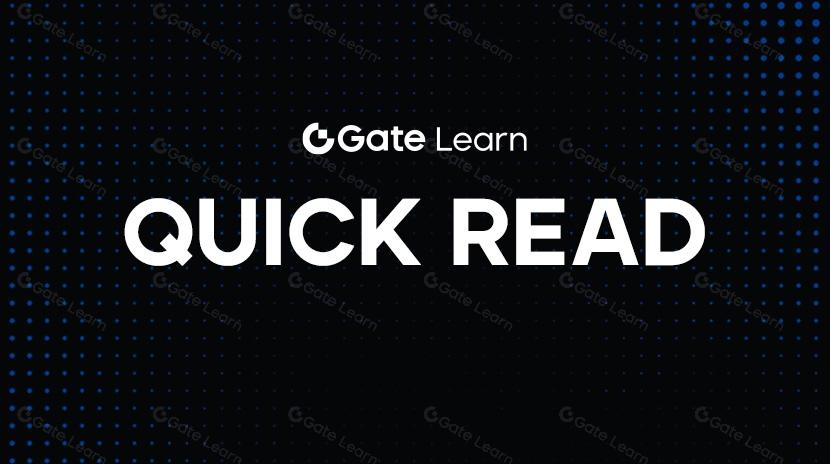
Apa Itu ZEREBRO: Sistem Inovatif yang Menembus Batasan Pembuatan Konten AI
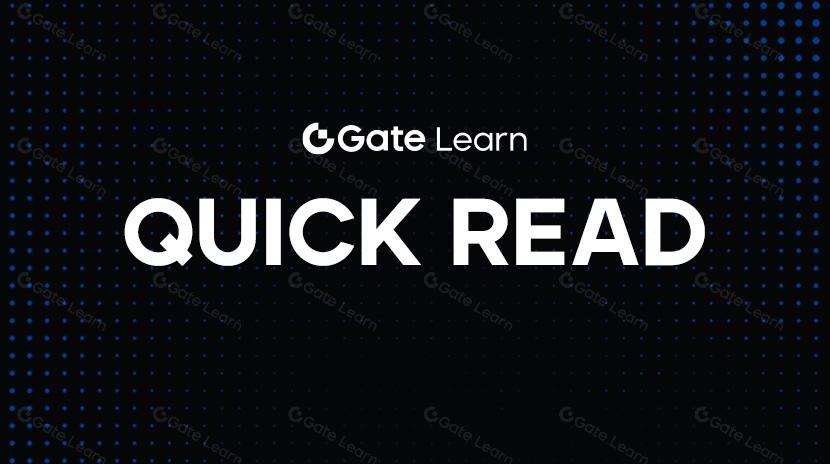
Fartcoin: Naiknya Seri AI Agent MEME Raja Baru
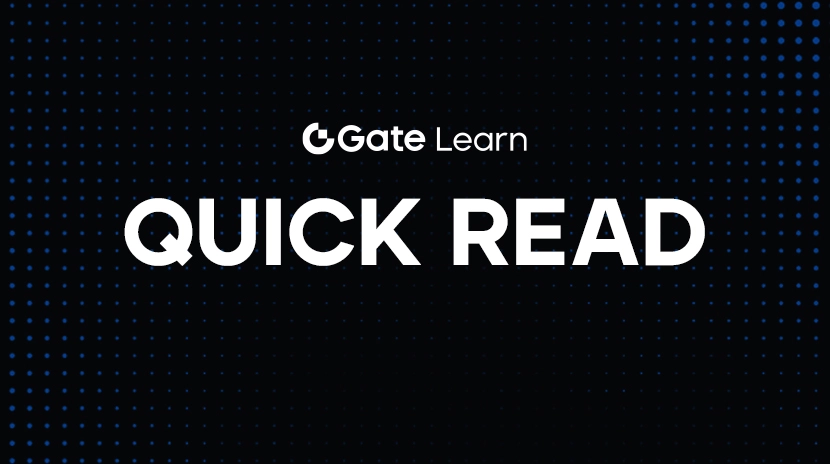
Prediksi Harga XRP: Analisis Tren Masa Depan dan Peluang Investasi
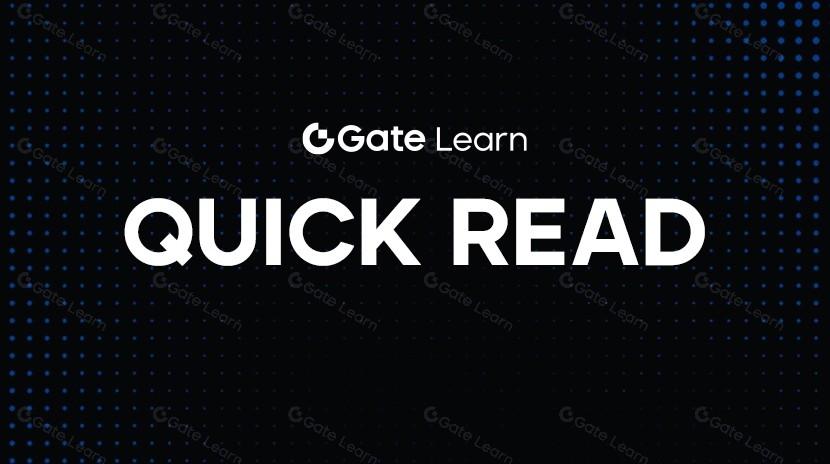
Pahami koin Baby doge dalam satu artikel
